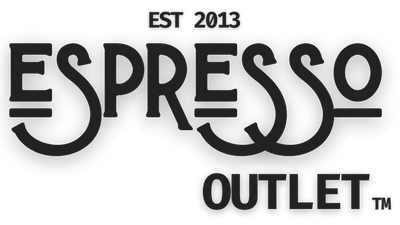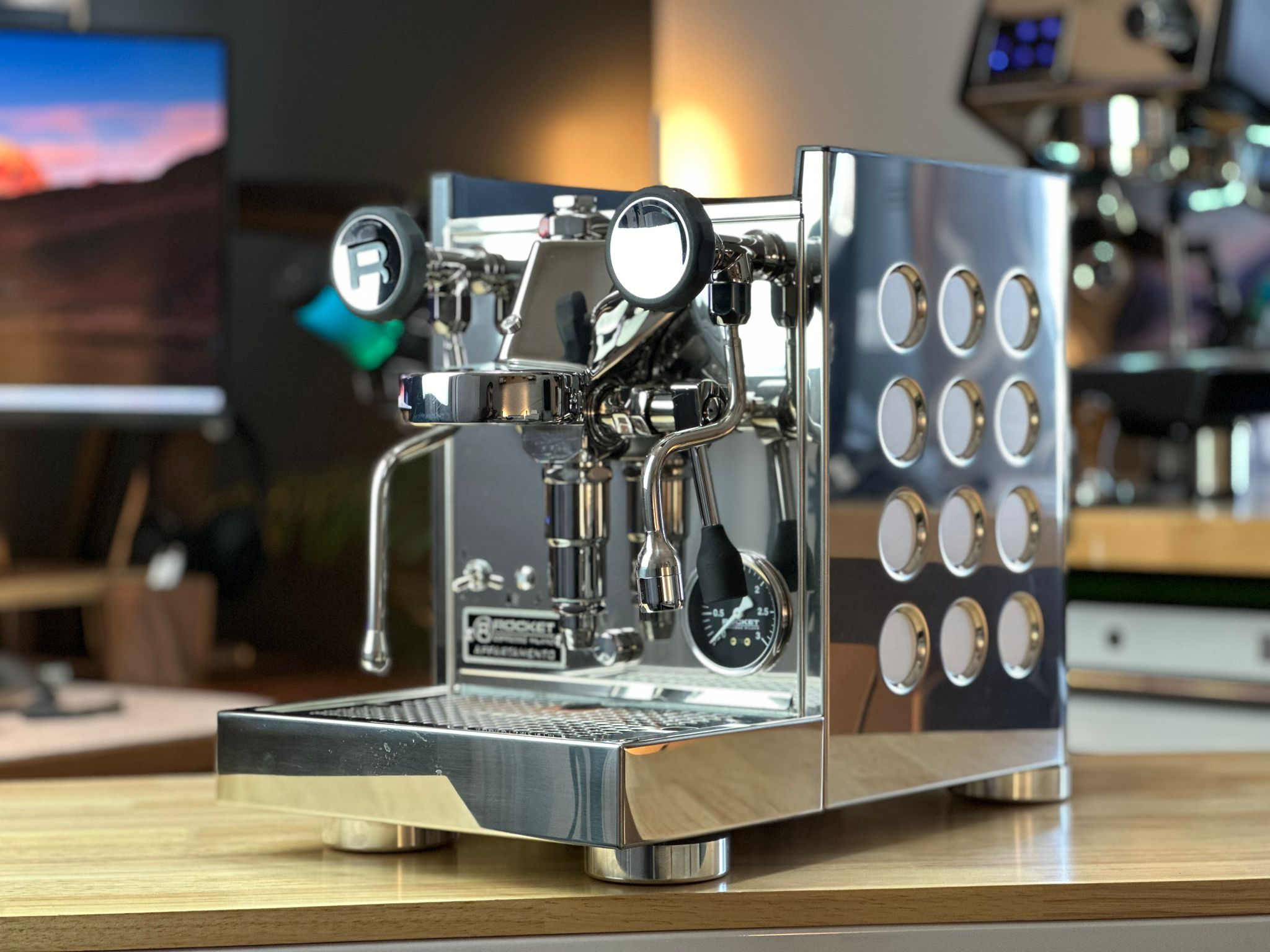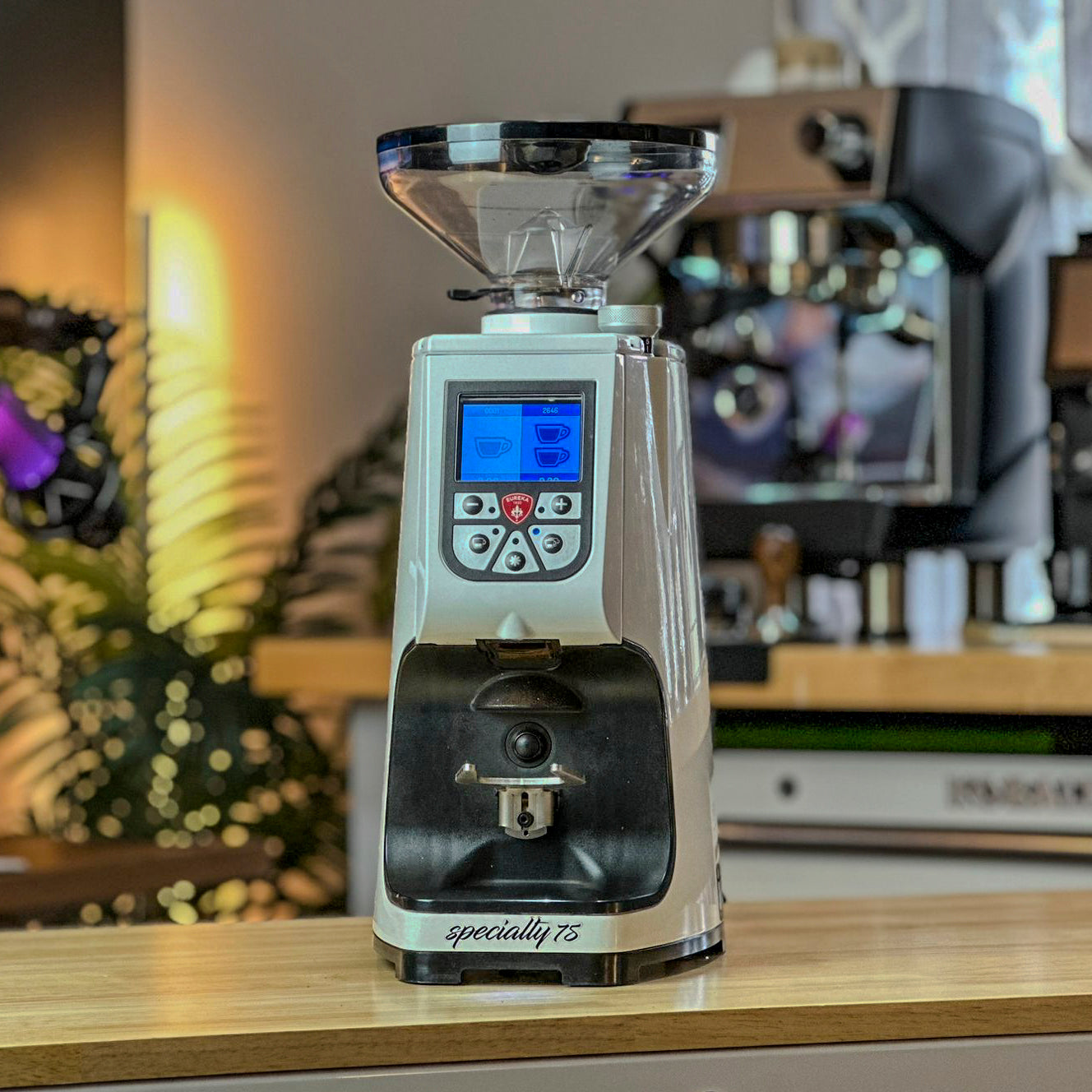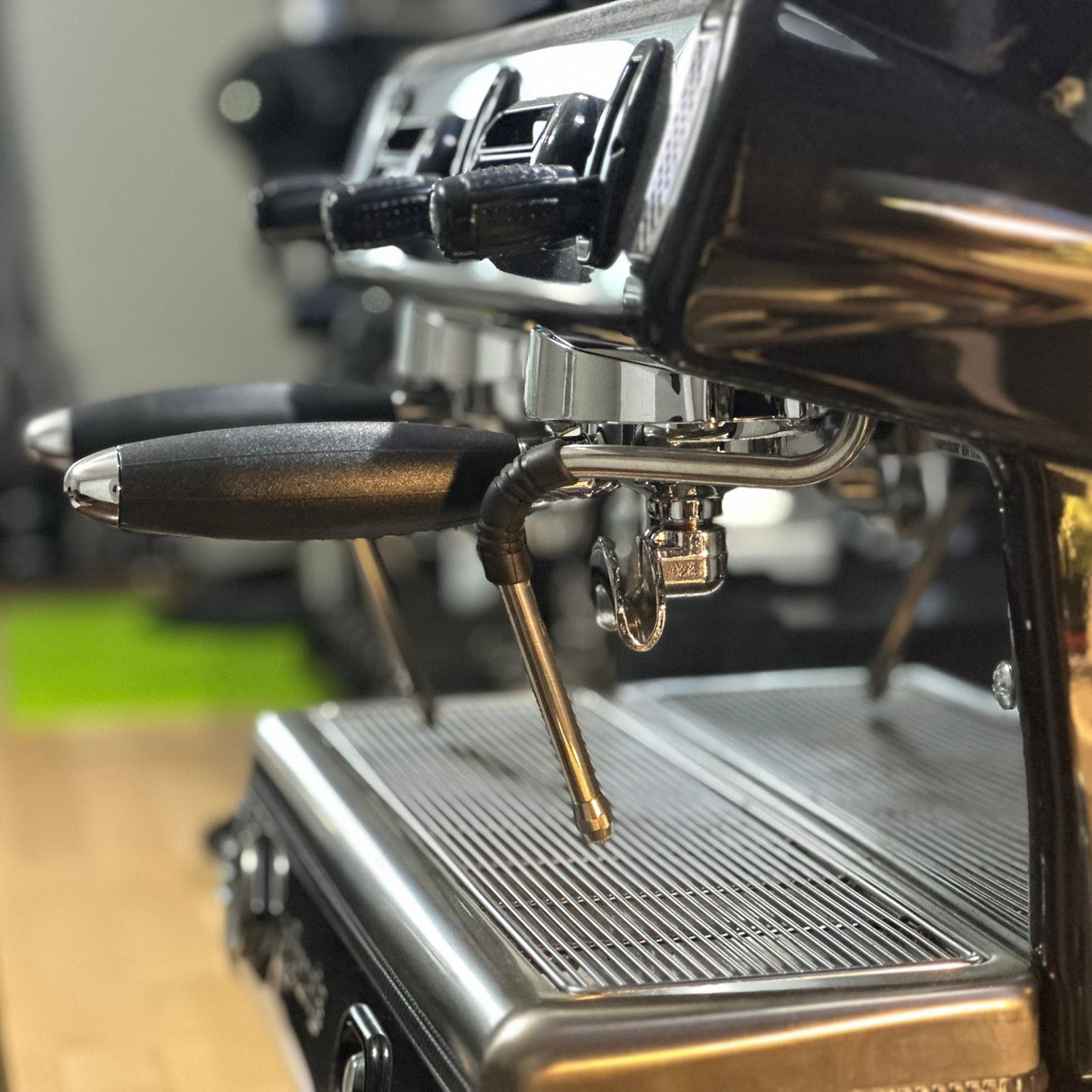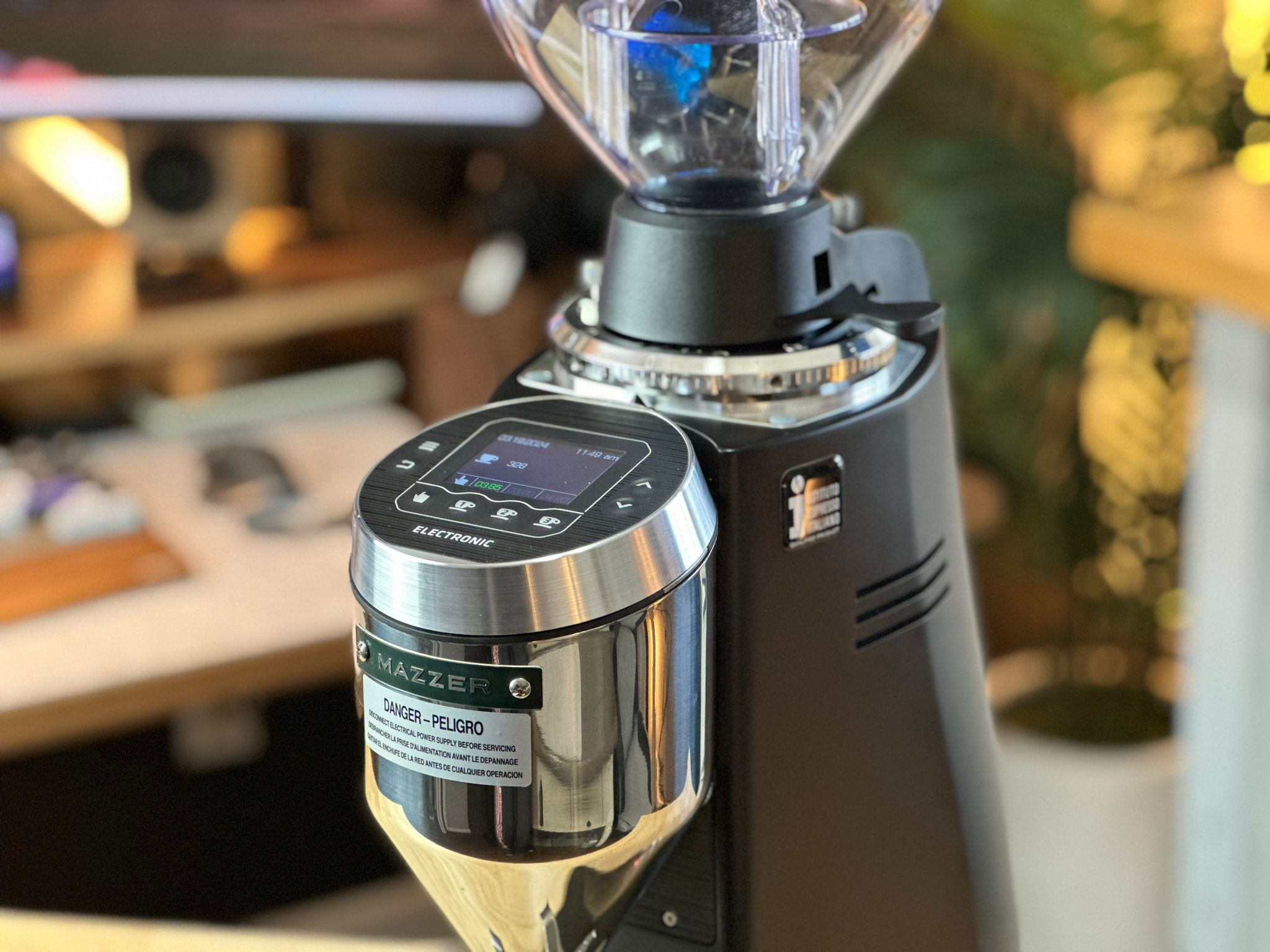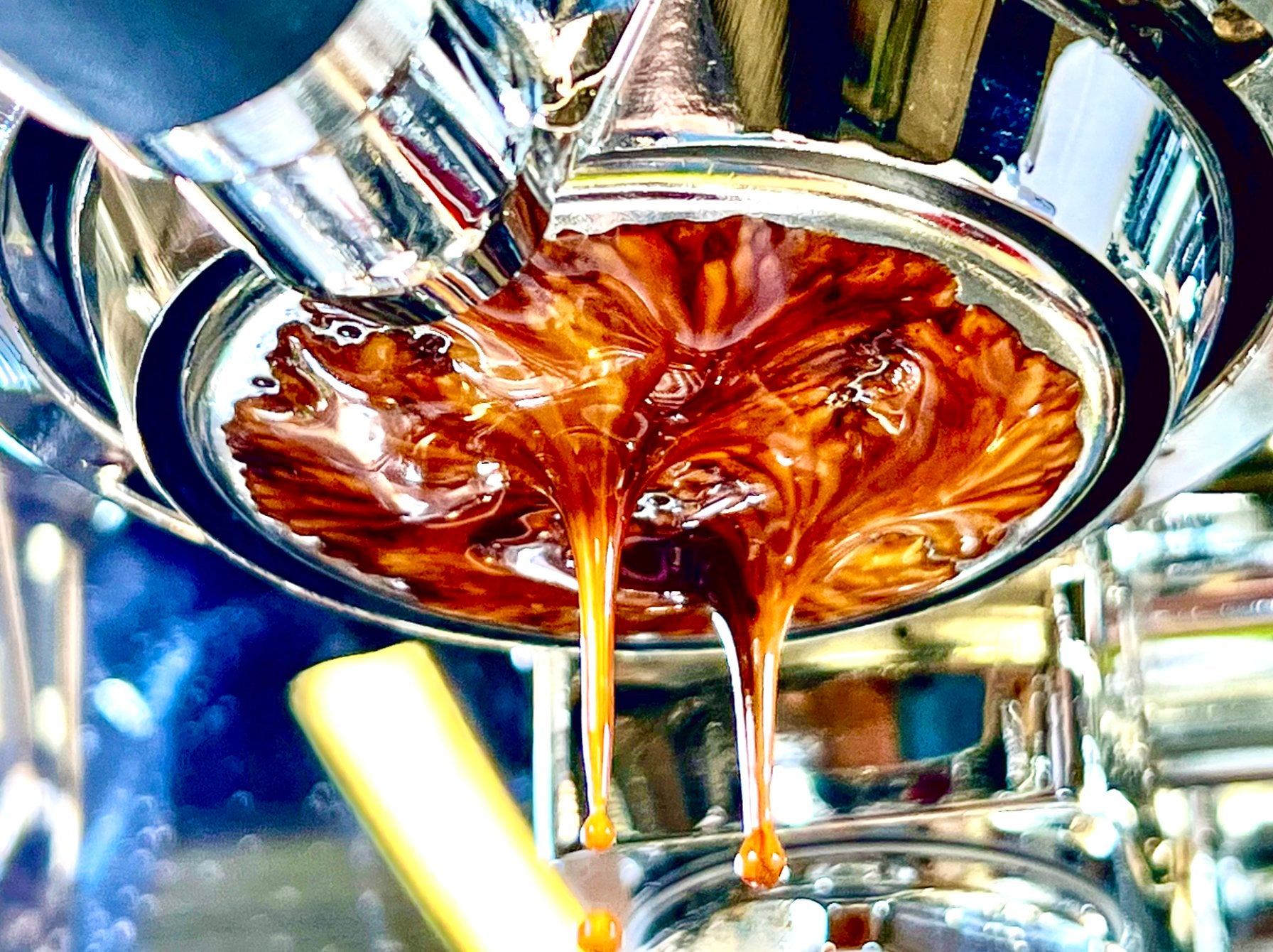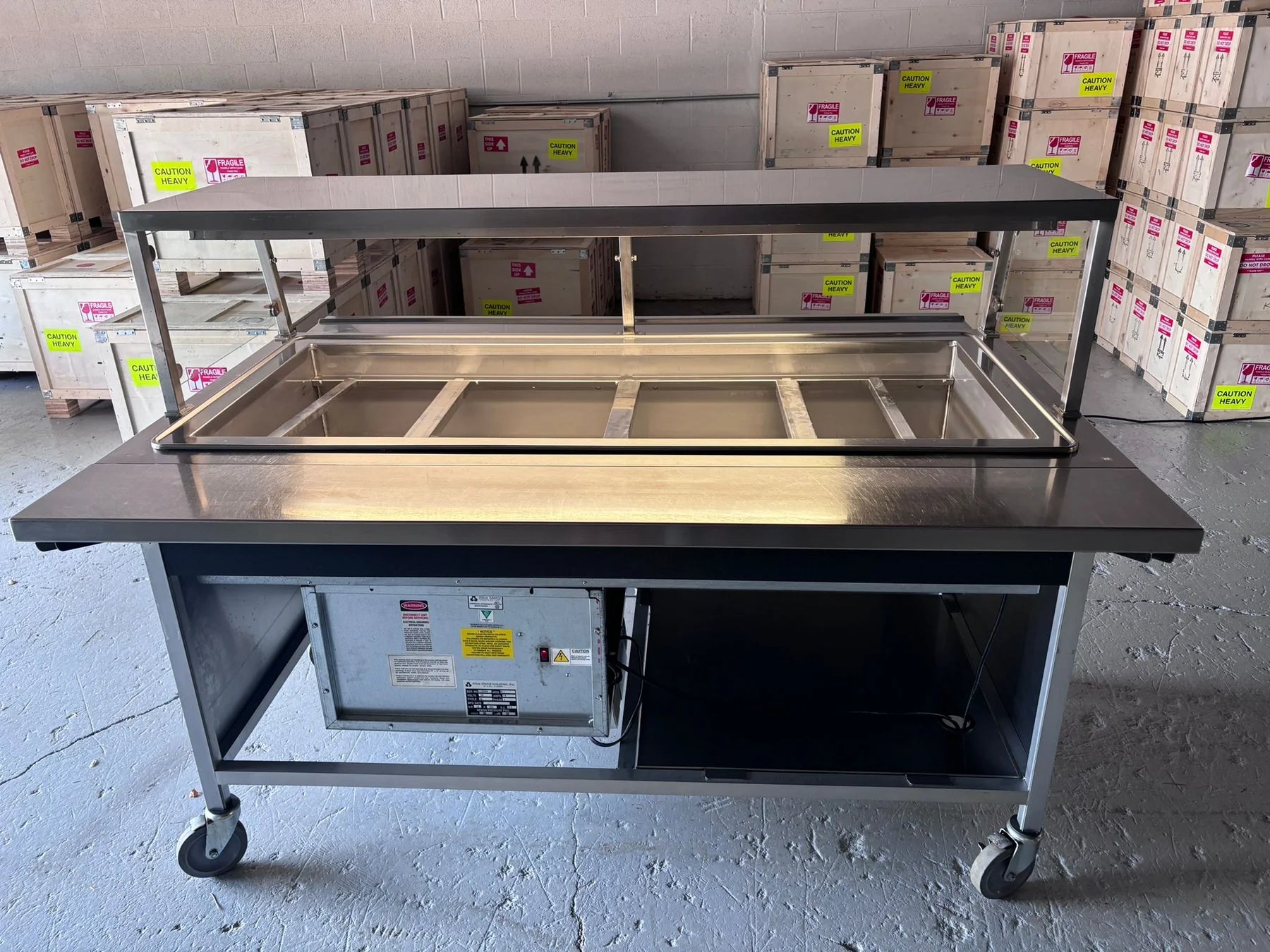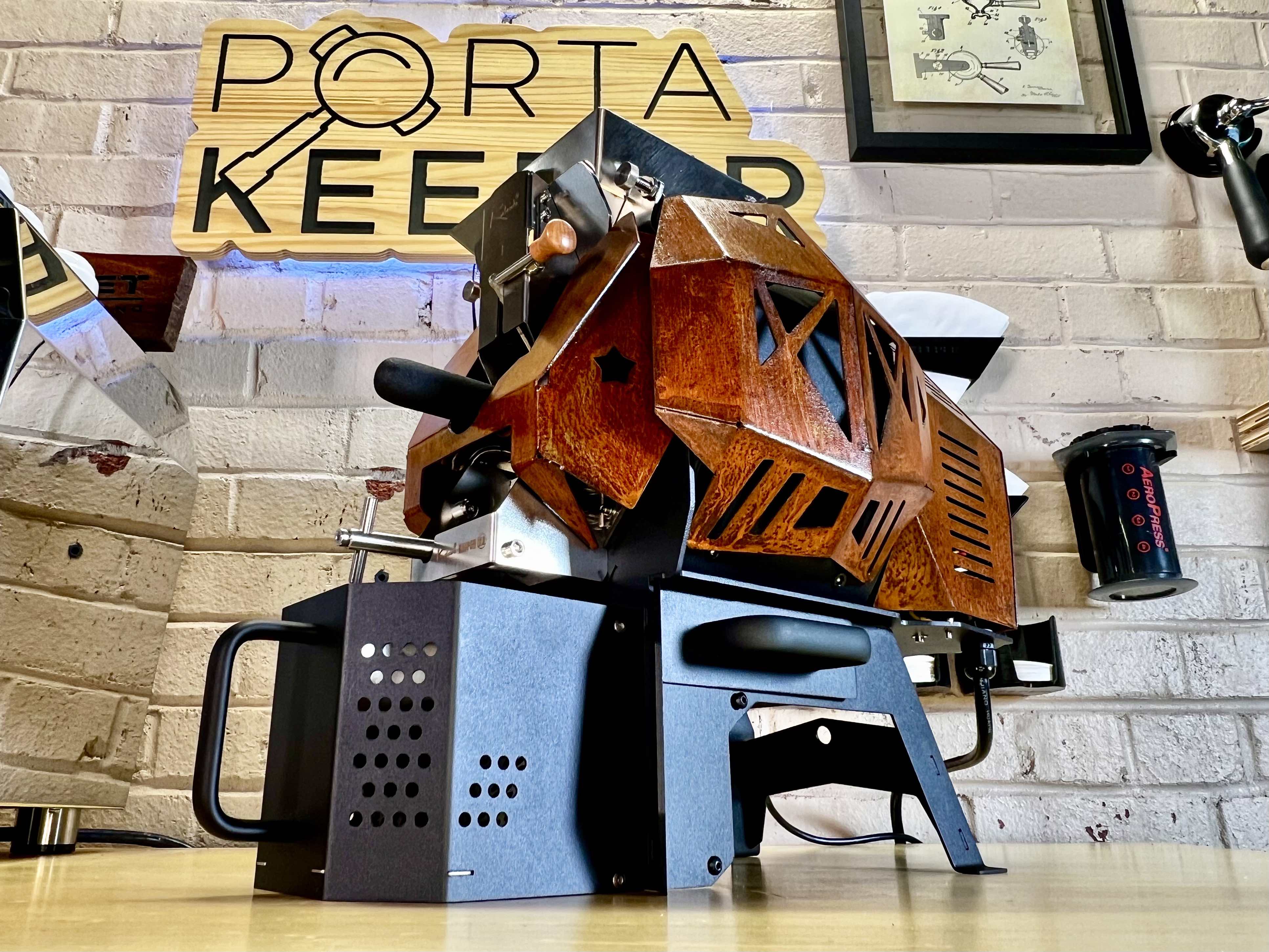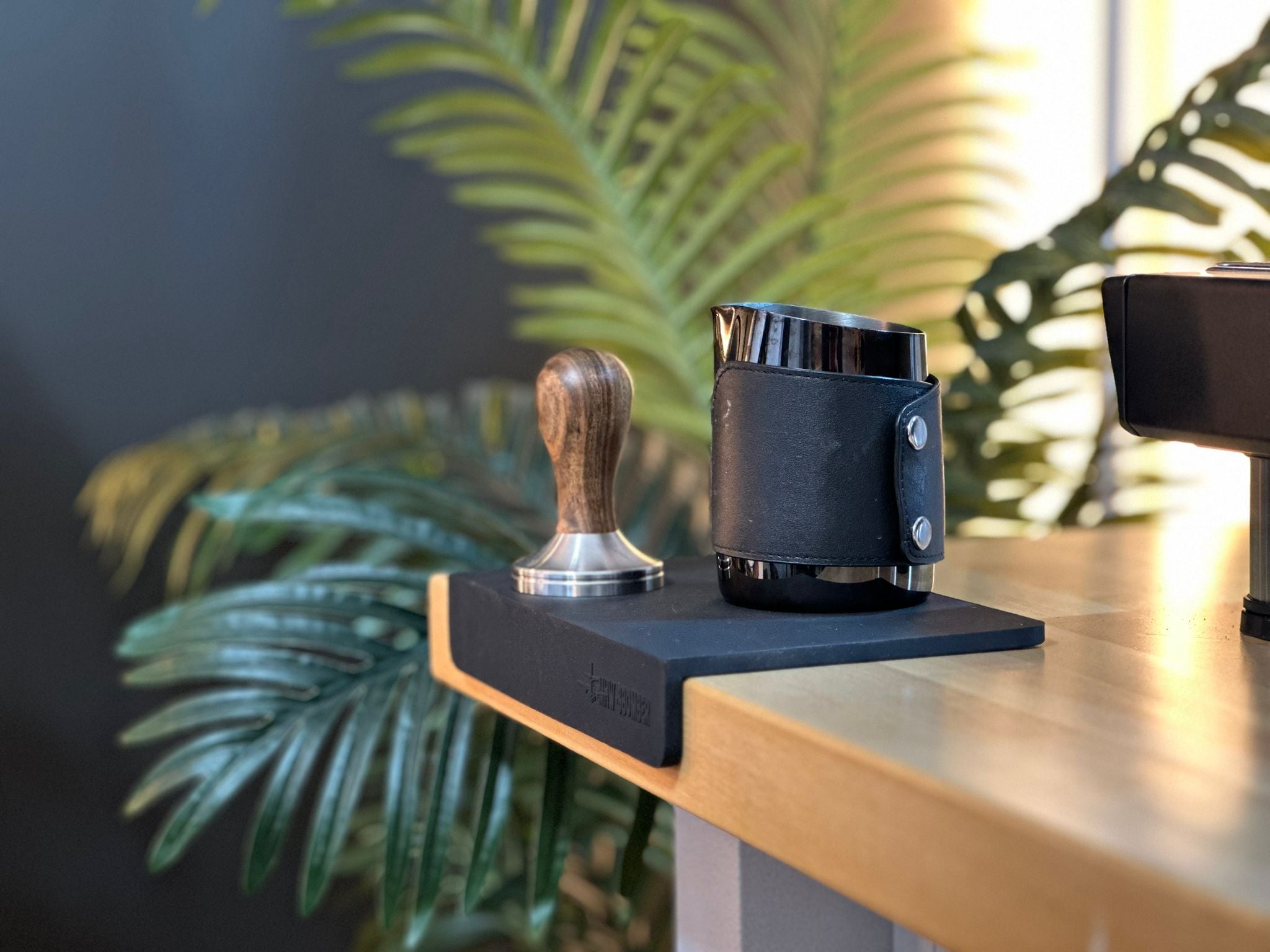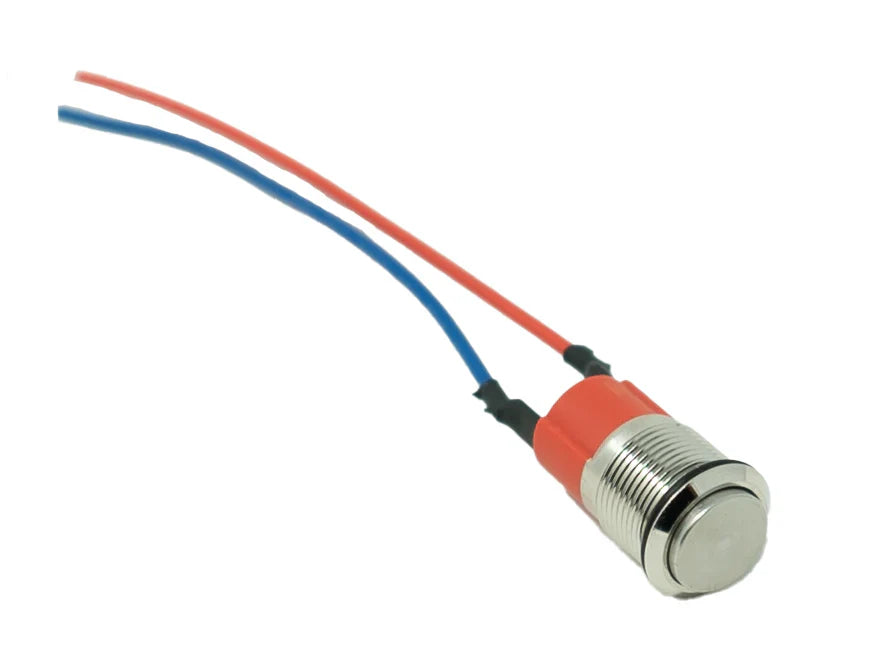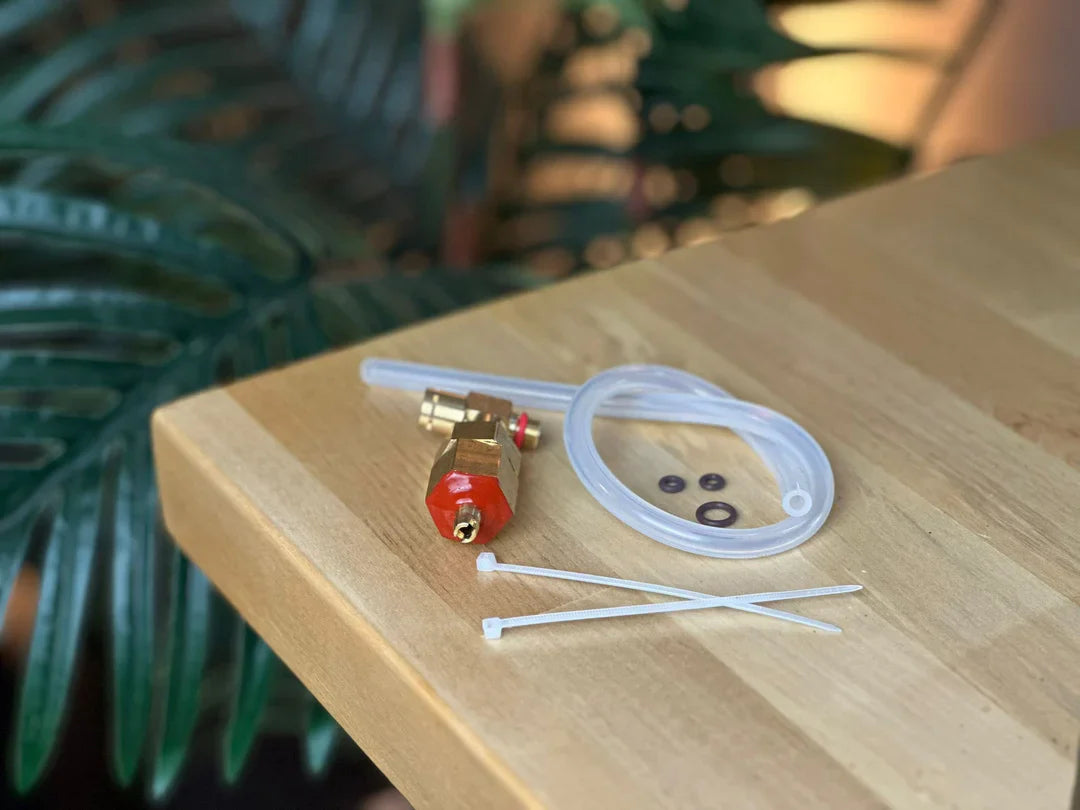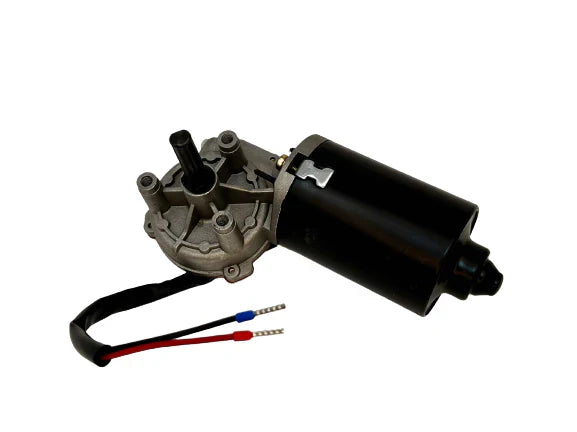Pressure Profiling and Its Effect on Espresso
Introduction
Pressure profiling refers to the deliberate manipulation of the pressure during the espresso extraction process. Modern espresso machines allow baristas to control pressure at different stages of extraction, from pre-infusion to full pressure and back down. This allows for fine-tuning and optimization of the extraction process, leading to specific flavor outcomes depending on the coffee beans used, the grind size, and other factors. In this article, we will explore the science behind pressure profiling, its effect on espresso quality, and the underlying mechanics of espresso extraction.
The Science of Espresso Extraction
To understand pressure profiling, it’s essential to first understand the basic principles of espresso extraction. Espresso brewing involves forcing hot water at high pressure through finely-ground coffee. This process dissolves solubles such as sugars, acids, oils, and other flavor compounds from the coffee into the water, producing the final espresso shot.
Key Phases of Espresso Extraction:
-
Pre-Infusion
During pre-infusion, water is applied at low pressure to saturate the coffee grounds. This helps minimize channeling (uneven water flow) by allowing the coffee grounds to settle and bloom evenly. Pre-infusion at lower pressure also allows for a more even extraction. -
Ramp Up to Full Pressure
After pre-infusion, the pressure is gradually increased, typically up to 9 bar, to force water through the coffee puck. At full pressure, the water extracts soluble compounds such as acids, oils, and sugars, contributing to the body, acidity, sweetness, and bitterness of the espresso. -
Pressure Decline
In pressure profiling, the final phase involves reducing the pressure gradually toward the end of the extraction. This reduces the extraction of undesirable bitter compounds, which tend to be extracted later in the process.
What is Pressure Profiling?
Pressure profiling is the control of the pressure applied at different stages of espresso extraction. Traditionally, most espresso machines have a single pressure setting, typically around 9 bar, throughout the entire extraction process. Pressure profiling machines allow baristas to manipulate pressure across several phases of extraction, adjusting it in real-time or with pre-programmed pressure curves.
Modern Pressure Profiling Techniques
- Pre-infusion pressure: Setting a lower initial pressure (1–3 bar) allows for the gentle saturation of coffee grounds, leading to more even extraction.
- Full pressure ramp-up: Gradually increasing pressure to a peak (8–10 bar) ensures thorough extraction without overwhelming the coffee grounds.
- Pressure ramp-down: Gradually reducing pressure during the later stages can reduce the extraction of bitter compounds, leading to a smoother finish.
The Effects of Pressure Profiling on Espresso Extraction
1. Flavor Development
Pressure profiling allows the control of which compounds are extracted during different stages of the process. The extraction of coffee solubles occurs in stages:
- Acids are extracted early and are most soluble, contributing brightness and liveliness to the espresso.
- Sugars and oils are extracted at higher pressures and later in the process, adding sweetness and body.
- Bitter compounds like tannins are extracted toward the end and at higher pressures.
By adjusting the pressure profile, baristas can accentuate certain flavors while suppressing others. For instance:
- Higher pressure early in the extraction might extract more acids, leading to a bright, tangy cup.
- Sustained lower pressure throughout the process might bring out more sweetness and suppress bitterness.
2. Body and Texture
Pressure impacts the mouthfeel of espresso by determining how much of the coffee’s oils and lipids are extracted. These oils contribute to the espresso’s body (the tactile sensation of thickness and richness in the mouth). Higher pressures extract more oils, increasing body. Conversely, pressure profiling can reduce pressure during the later stages to limit oil extraction if a lighter-bodied espresso is desired.
3. Evenness of Extraction
Pressure profiling, particularly during pre-infusion, reduces the risk of channeling. Channeling occurs when water flows unevenly through the coffee puck, resulting in over-extracted and under-extracted areas. Pre-infusion at low pressure helps the coffee puck saturate evenly, minimizing the risk of channeling and leading to a more uniform extraction.
4. Extraction Yield
The term "extraction yield" refers to the percentage of coffee grounds that are dissolved into the water. Pressure profiling can influence the total extraction yield. For example:
- Higher pressure profiles can increase extraction yield, leading to a fuller flavor but potentially more bitterness.
- Lower pressure profiles may result in a lower extraction yield, emphasizing brighter, lighter notes.
Experimental Studies on Pressure Profiling
-
Effect on Taste Profiles In a study published by the Journal of Coffee Research, researchers experimented with various pressure profiles, comparing constant-pressure extractions to those with gradual ramp-ups and ramp-downs. They found that pressure profiling produced more complex flavor profiles, with more pronounced sweetness and acidity in the pressure-profiled shots compared to the constant-pressure ones.
-
Impact on Extraction Uniformity A 2020 study conducted by the Specialty Coffee Association tested the effects of different pressure profiles on extraction uniformity. Using espresso machines equipped with real-time pressure control, the researchers compared shots pulled with constant pressure to those pulled with variable pressure profiles. The results showed a 10-15% increase in uniform extraction, resulting in more consistent flavor across multiple shots using pressure profiling.
-
Optimization for Different Coffee Varietals Barista Hustle performed tests on single-origin coffees and espresso blends to explore how different pressure profiles impacted flavor development. They concluded that pressure profiling was particularly beneficial for single-origin coffees, helping to bring out delicate flavors that were otherwise muted at constant high pressure. For espresso blends, a more straightforward pressure profile worked better, as the blend's complexity was already designed to provide a balanced cup.
Benefits of Pressure Profiling
1. Customization for Different Coffee Beans
Pressure profiling offers baristas the ability to adapt their brewing techniques to different types of coffee beans. Lighter roasts or single-origin coffees may benefit from lower pressure settings, allowing the fruity and floral notes to shine, while darker roasts might require higher pressures to extract caramel and chocolate flavors.
2. Increased Consistency
Machines with programmable pressure profiling ensure consistency between shots. Once an optimal pressure profile is discovered for a particular coffee, it can be repeated precisely, leading to consistent quality across multiple shots.
3. Maximizing Espresso Complexity
Pressure profiling allows for a more nuanced extraction, maximizing the number of flavors extracted from coffee grounds. This is particularly important for high-quality, specialty-grade beans that have complex flavor profiles.
Conclusion
Pressure profiling offers significant advantages in terms of controlling flavor development, texture, and extraction uniformity in espresso brewing. By allowing baristas to tailor the pressure curve during different stages of extraction, pressure profiling enhances the ability to highlight desirable flavors while suppressing undesirable ones. Experimental data and real-world applications both suggest that pressure profiling is a powerful tool for producing higher-quality espresso, particularly with single-origin and lighter roasts.
References:
- Illy, F., & Viani, R. (2005). Espresso Coffee: The Science of Quality. Elsevier.
- Barista Hustle. "Pressure Profiling and Its Effect on Espresso." BaristaHustle.com, 2021.
- Smith, J. "The Role of Pressure in Espresso Extraction." Journal of Coffee Research, 2020.
- Specialty Coffee Association. "Pressure Profiling and Extraction Yield: A Comparative Study." SCA Research Papers, 2020.
